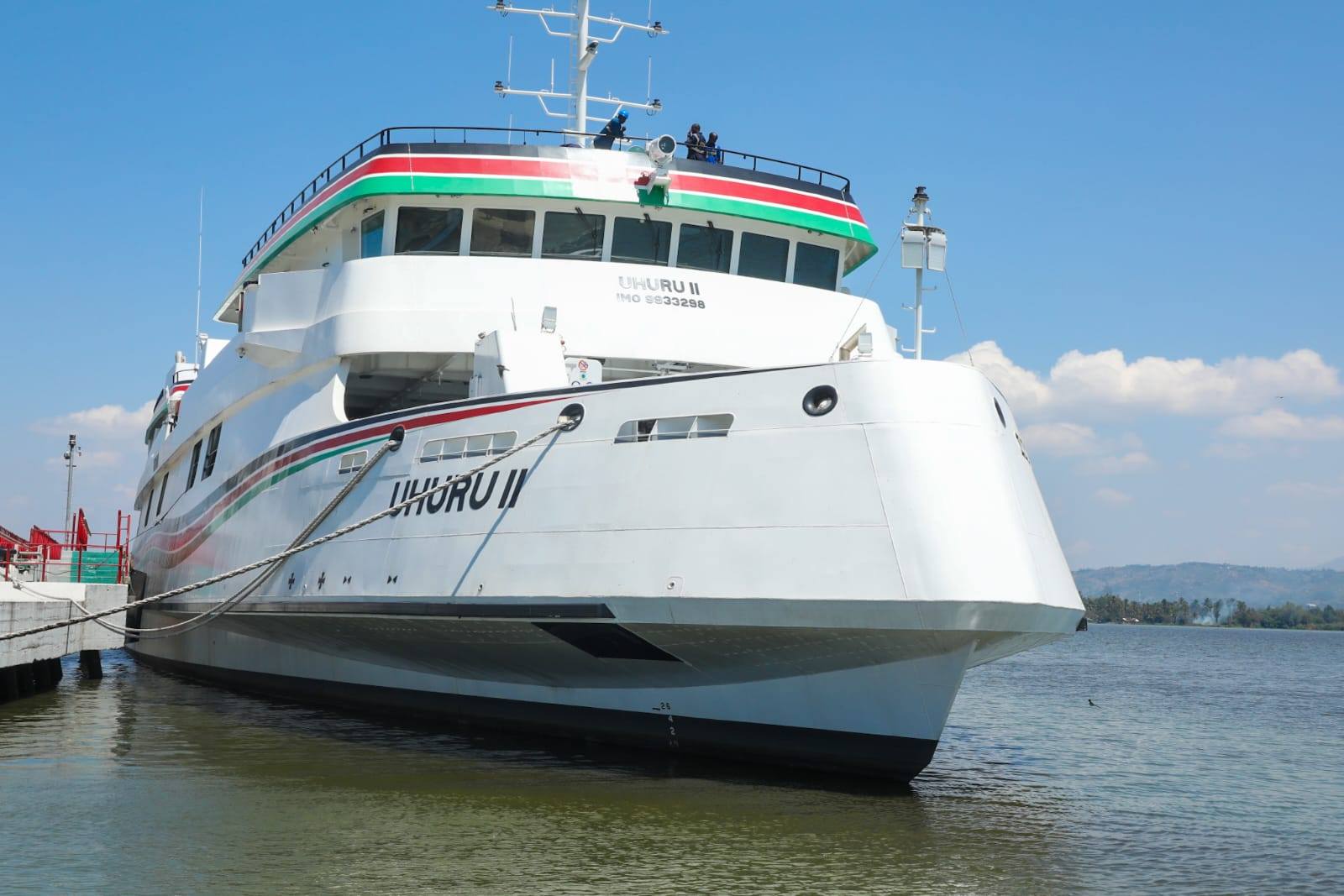
At the heart of East Africa's blue economy resurgence, the MV Uhuru vessels, a steadfast symbol of regional integration, are revolutionising cargo transit across Lake Victoria.
More than just vessels, they are a critical investment driving trade, fostering connectivity and transforming livelihoods across Kenya, Uganda and Tanzania.
For decades, Lake Victoria, Africa's largest freshwater lake, held immense potential as a logistical corridor. However, underutilised infrastructure stalled this vision.
That changed with the revitalisation of Kisumu Port and operationalisation of both MV Uhuru I and the newly built MV Uhuru II, unlocking unprecedented trade opportunities and bolstering the region’s blue economy.
“We began rehabilitating the Port of Kisumu around 2019 to 2020, and by 2021, we had started operations,” Kenya Railways managing director Philip Mainga said.
Back then, the area was completely overgrown with nappier grass and weeds, he recalled. It was infested with hippos, snakes and thick vegetation.
“Through support from the Government of Kenya, we began the rehabilitation process. One of the first steps was preparing the link span, the structure you can see now,” Mainga said.
Today, the port is not only accessible but also secured, with a complete fence stretching from the main road.
A DUAL FLEET
The maritime revival of Lake Victoria centres on two key vessels: MV Uhuru I and the state-of-the-art MV Uhuru II. Built in 1965, MV Uhuru I had fallen dormant until its 2019 rehabilitation by Kenyan Navy and Railways engineers.
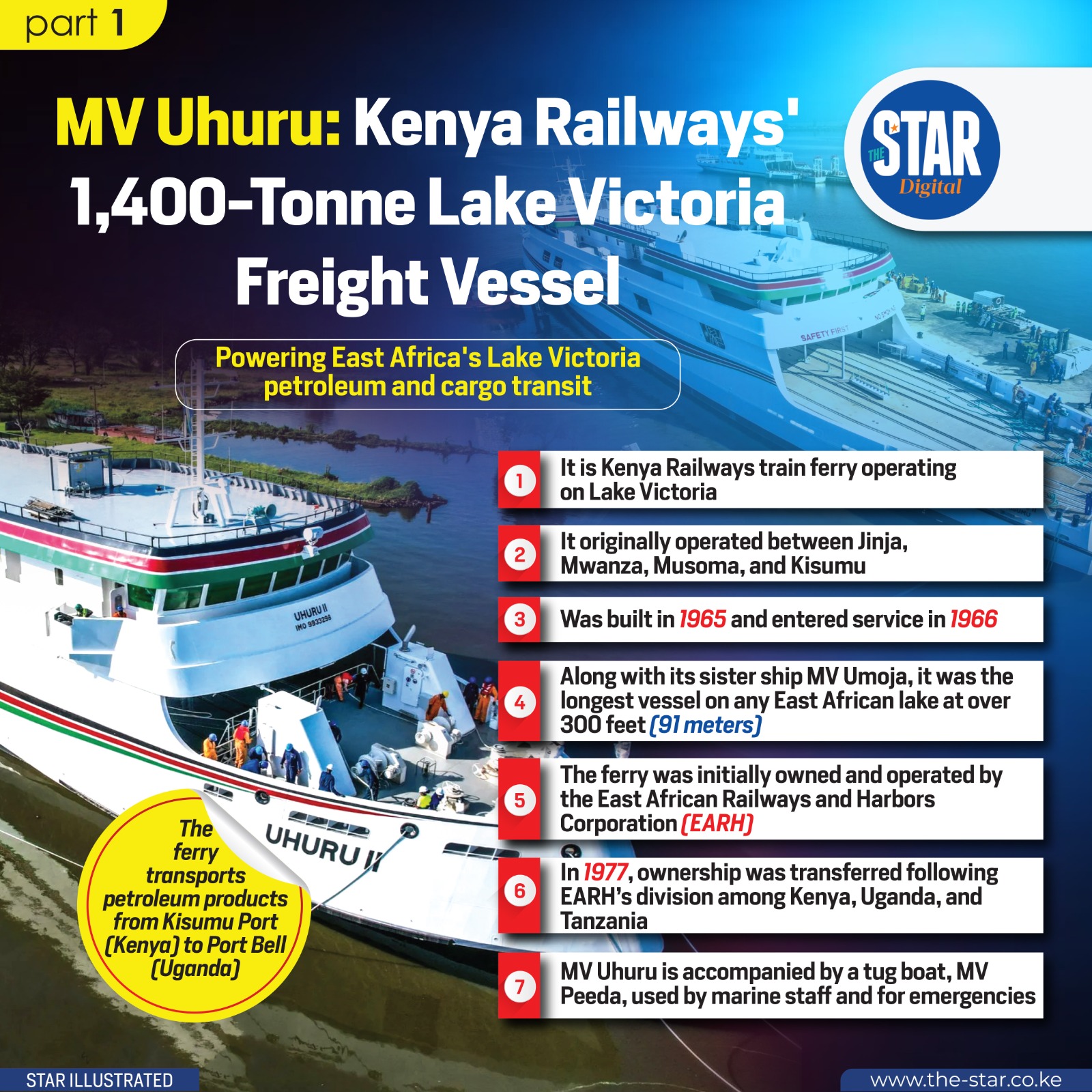
Today, it carries up to 1,180 metric tonnes or 22 rail wagons, and has been instrumental in transporting millions of litres of petroleum products to Uganda.
Its counterpart, MV Uhuru II, marks a technological leap. Commissioned in October 2023 and built entirely in Kenya by Kenya Shipyards Limited under the Ministry of Defence, the Sh2.4 billion vessel symbolises Kenya’s rising shipbuilding prowess.
The project saved taxpayers Sh1.3 billion in import costs and enhanced local technical capacity.
Measuring 100 metres long, MV Uhuru II boasts a capacity of 1,063 to 1,800 metric tonnes, ferrying 22 wagons or two million litres of crude oil per trip.
Its 14-knot cruising speed enables it to reach Uganda or Tanzania in just 10 hours. Besides petroleum, it also transports cereals, fertilisers, sugar and seeds, supporting diverse regional economies.
The port’s first major operation began between 2020 and 2021 in partnership with Gulf Energy, transporting 1.1 million litres of fuel from Kenya Pipeline to the Port of Jinja in Uganda.
Currently, MV Uhuru II operates from Kisumu to Uganda, transporting goods such as steel to the Port of Jinja, as well as fertiliser and cement to Mwanza in Tanzania.
“These vessels have a capacity of up to 1,000 tonnes per trip. Just yesterday, we arrived from Uganda, and we expect to dispatch more trips later this afternoon, driven by rising demand. MV Uhuru II moves faster and has proven efficient for these operations,” Mainga said.
“We do about three trips a week. Each trip takes about a day and a half, which is a full three to four days of solid work weekly.”
The success of these vessels hinges on the rebirth of Kisumu Port. Extensive upgrades ranging from berth improvements to enhanced cargo handling and direct rail connectivity via the Kisumu-Nairobi Meter Gauge Railway (have turned the port into a thriving logistics hub.
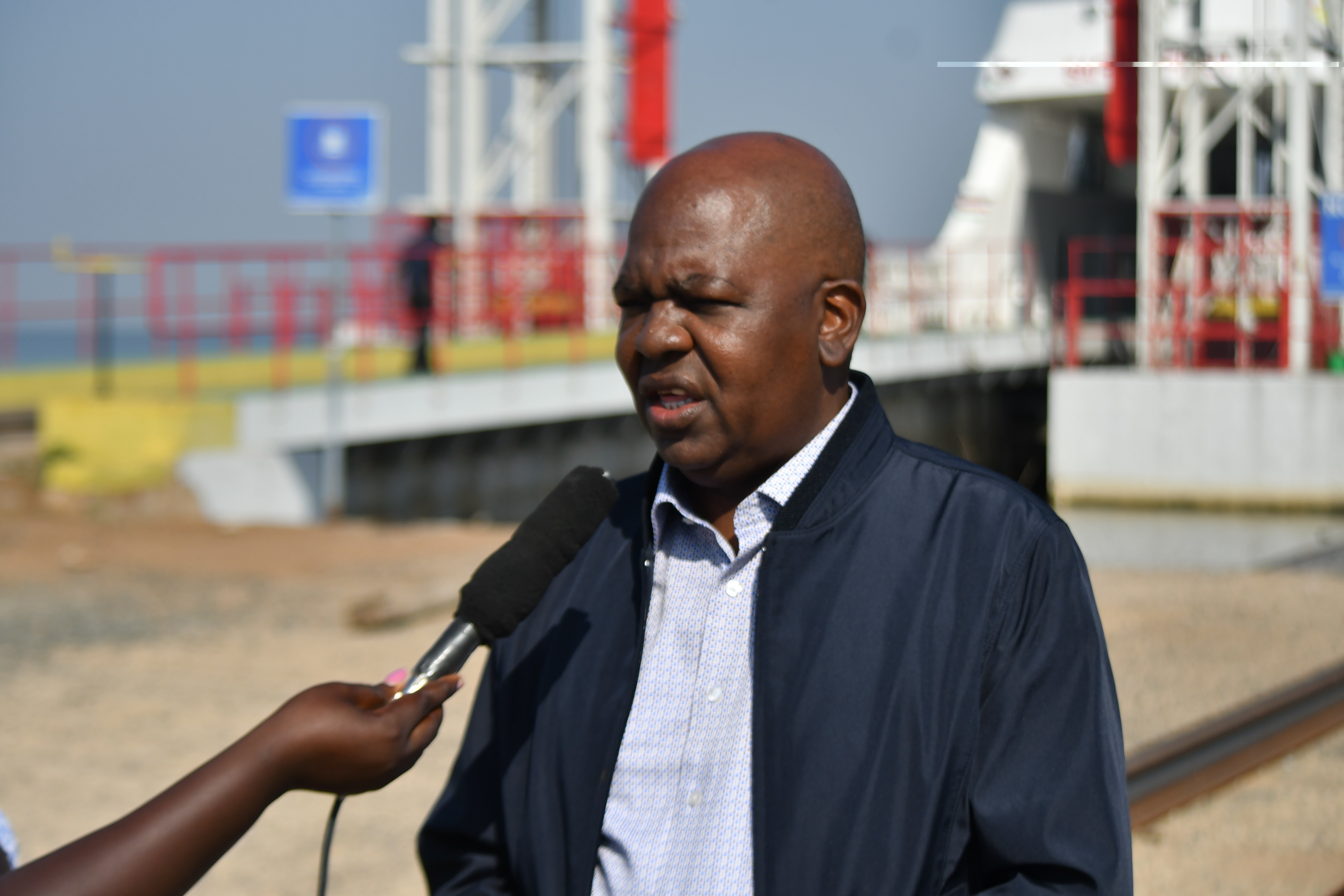
Kenya Ports Authority reports show cargo volumes surged from 116,578 metric tonnes in 2023 to 280,381 metric tonnes in 2024, more than doubling in a year.
Regular calls by seven major vessels have made Kisumu a vital shipping point. The vessels include MV UhuruI and II, MT Elgon, MT Kabaka Mutebi III and MV Munanka.
“Just yesterday, MV Uhuru II returned from Uganda, and we’re dispatching more cargo this afternoon due to rising demand,” Mainga said.
“We’ve opened access to Mwanza and are now exploring Bukoba in Tanzania for further expansion.”
FUELLING REGIONAL TRADE
Fuel exports remain Kisumu’s top outbound commodity, accounting for 58 per cent of shipments. Other key exports include ceramic tiles (23 per cent), construction materials and steel billets (13 per cent) and bagged fertilizers (6 per cent).
These goods serve regional hubs like Port Bell and Jinja in Uganda, and Mwanza in Tanzania.
“We’re now even selling cargo services to Port Bell in Uganda,” Mainga said.
“This is easing congestion on roads and rail, particularly the heavy truck queues. The lake route is faster and cheaper for transporting exports to Uganda, Rwanda, Burundi and the DRC.”
Scheduling and dispatching of MV Uhuru I and II is tightly managed to maximise efficiency. “We run vessels on routes like Kisumu-Jinja, Kisumu-Port Bell and Kisumu-Mwanza. And plans are underway to begin operations to Bukoba,” added Kenya Railways MD.
The integration of maritime transport with road and rail linking the Standard Gauge Railway from Mombasa to Naivasha, the Meter Gauge Railway to Kisumu, and then lake shipping, has created a seamless multimodal corridor across East Africa. This reduces transport costs and times, vital for landlocked nations like Uganda.
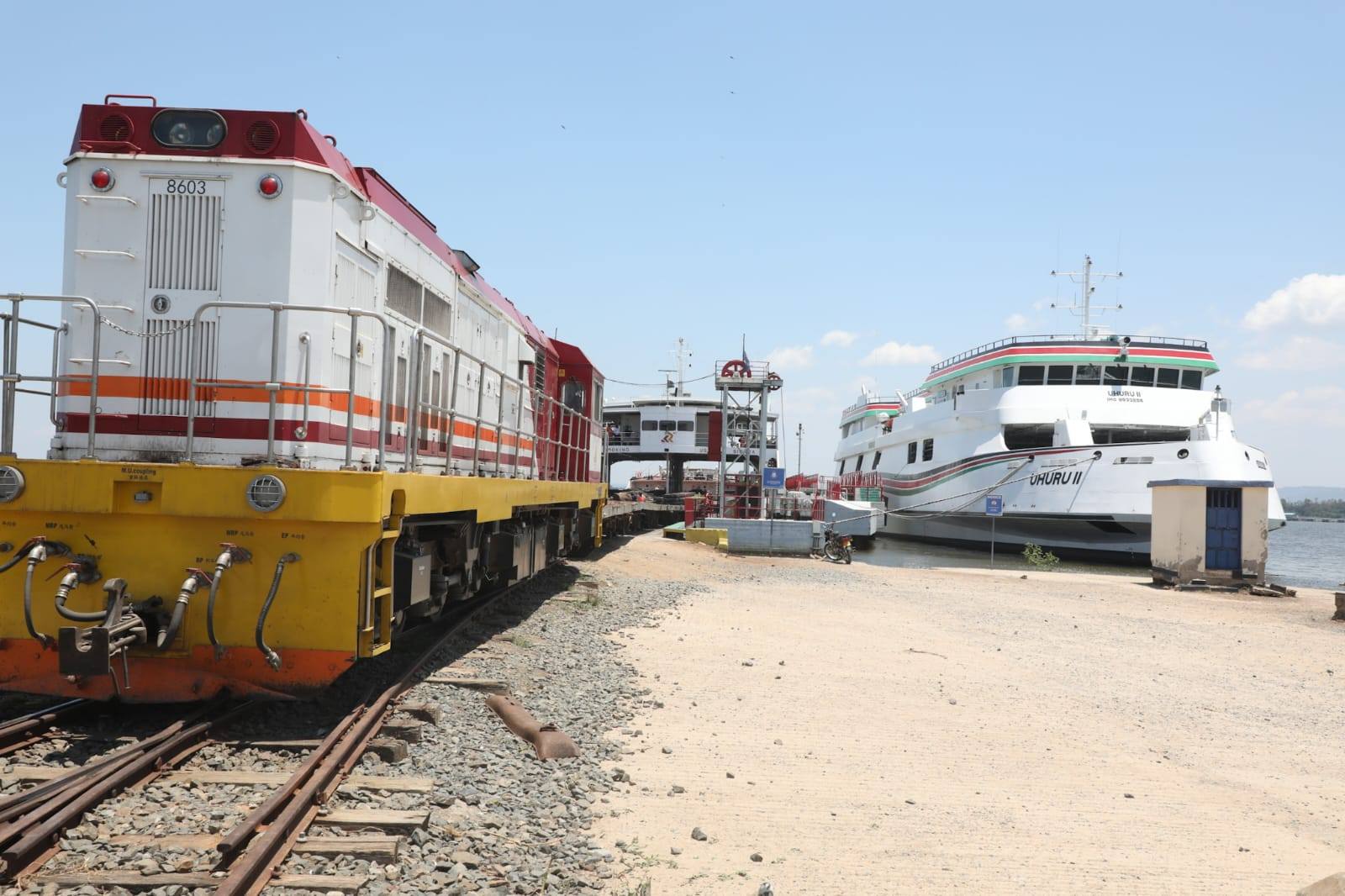
Meanwhile, KPA is expanding further by opening additional lake ports in Kendu Bay and Homa Bay, improving connectivity and giving local traders a more efficient means of transporting goods.
“This development is not just helping the region; it’s also easing road and rail congestion, particularly with the heavy truck queues,” Mainga said.
“We believe the lake route will offer a cheaper, faster alternative for transporting exports to Uganda, Rwanda, Burundi and the Democratic Republic of Congo.”
Mainga emphasised the efficiency of the lake transport system. “The service is extremely efficient. We’re trying to convince our clients why spend 10 or even 24 hours elsewhere, when you can complete the same task in just nine hours here?”
He cited major clients like Roofings Rolling Mills, Uganda’s largest steel manufacturer, as examples of the growing confidence in the port’s operations.
“Their presence here is not only significant but also strategic. They, along with other clients, have realised the benefits of this route, especially being located near the lake,” Mainga said.
“This opens up opportunities for exports through the ship. Goods can come via the lake, we receive them here and transport them onwards.”
The MD brimmed with confidence about the project’s prospects.
“It’s definitely a viable business. It’s not just about logistics it’s about offering better alternatives for goods movement,” he said.
“Personally, this is my livelihood. Consider this: if it rains heavily or roads get blocked for two or three days, the entire region could be paralysed.”
He said that with each round trip taking about a day and a half, including travel and offloading, the port is now doing three trips a week.
“That’s full optimisation of our resources,” he said. “Of course, we do face challenges, especially with weather and road conditions. But transshipment has been working well so far.”
Efforts to reopen the Kijabe Railway line, which was washed away during last year’s floods, are ongoing and expected to be completed by August.
“We are looking at reopening the Kijabe line around August. It’s a serious area and Kenya Railways was highly affected. The affected section will have 12 culverts and so far, we have completed four,” he said.
“We will deal with the problem completely and by August, we will have completed construction and reopen the line.”
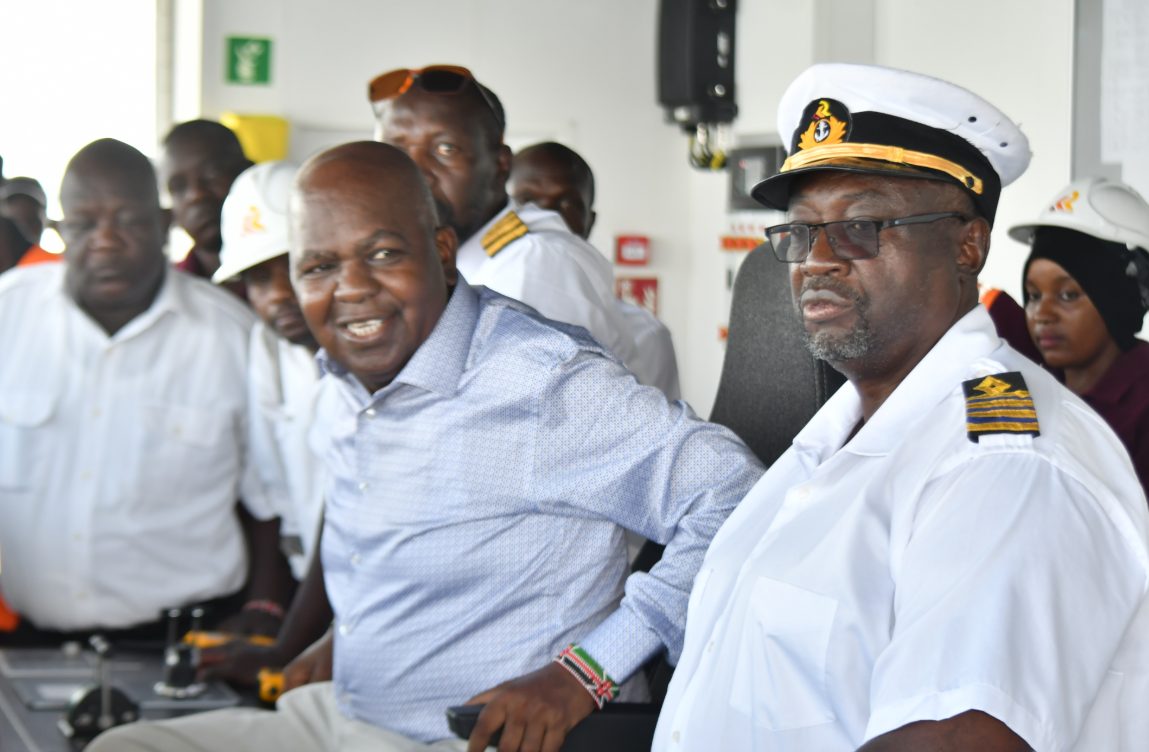
CHANGING LIVES, LIVELIHOODS
The ripple effects of the MV Uhuru operations and Kisumu Port revival are visible in communities around the lake.
Shipbuilding, logistics and port management jobs have multiplied, directly benefiting local economies.
Additionally, lower transport costs mean cheaper access to fuel, food and construction materials, contributing to price stability and better living standards for millions.
Small traders can now reach broader markets, and new ventures in fisheries, tourism and aquaculture are emerging due to improved connectivity.
“This development is not just helping the region,” Mainga said. “It’s helping people.”
At the helm of MV Uhuru II is Captain Terry Meringo, the commanding officer entrusted with navigating one of Kenya Railways' most valuable assets.
This offers a cost-effective and efficient alternative to road transport.
“This is the most efficient mode of transport in the region,” Meringo says.
Still, the job comes with real risks.
“We do face some challenges, especially during night-time fishing activities along our routes,” Captain Terry says.
“Since we must navigate regardless of the hour, we often use the ship’s horn to alert fishermen who might be asleep or unaware of our approach. Our priority is safety, and we go to great lengths to avoid tragic incidents by steering clear of fishing zones.”
He emphasises the need for all vessels on Lake Victoria to be equipped with Automatic Identification Systems (AIS) for effective collision avoidance.
On efficiency, he adds, “For those considering transport via the lake, this is arguably the most efficient mode available.
His proudest moment, he said, “was the day I was handed command of this vessel, Kenya Railways’ most expensive asset”.
“That trust placed in me is something I deeply value. I’m now approaching one year as captain, and it’s been a truly fulfilling journey,” he said.
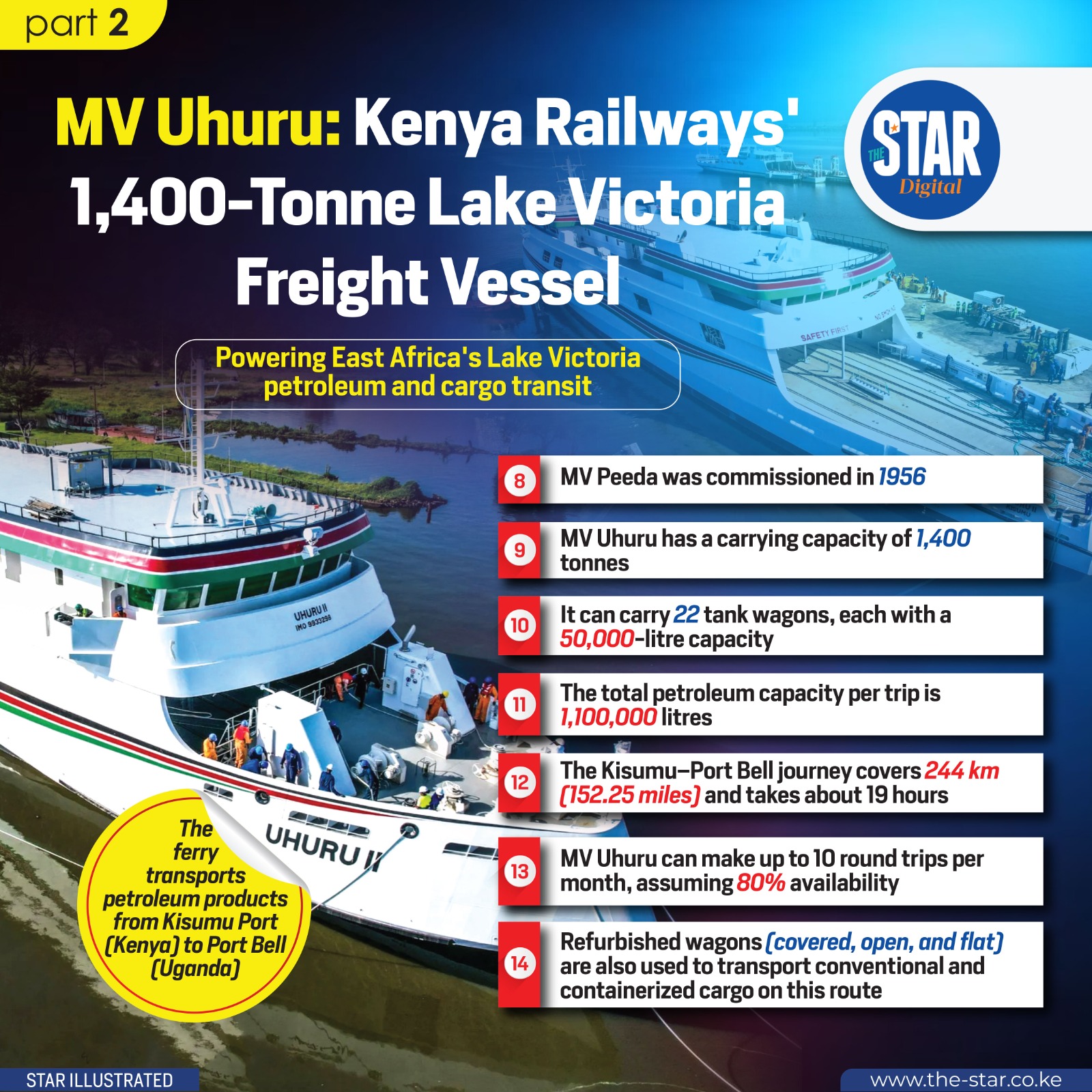
The investment in MV Uhuru and Kisumu Port is more than physical infrastructure. It reflects a long-term strategy to harness the potential of Lake Victoria as a reliable, efficient and sustainable transport corridor aligned with the goals of the African Continental Free Trade Area (AfCFTA).
By leveraging regional waterways, Kenya and its neighbours are building resilience, reducing road dependence and positioning East Africa as a competitive trade bloc.
As Mainga puts it, “It’s not just about logistics. It’s about offering better alternatives for goods movement. Personally, this is my livelihood. And for East Africa, it’s the future.”










